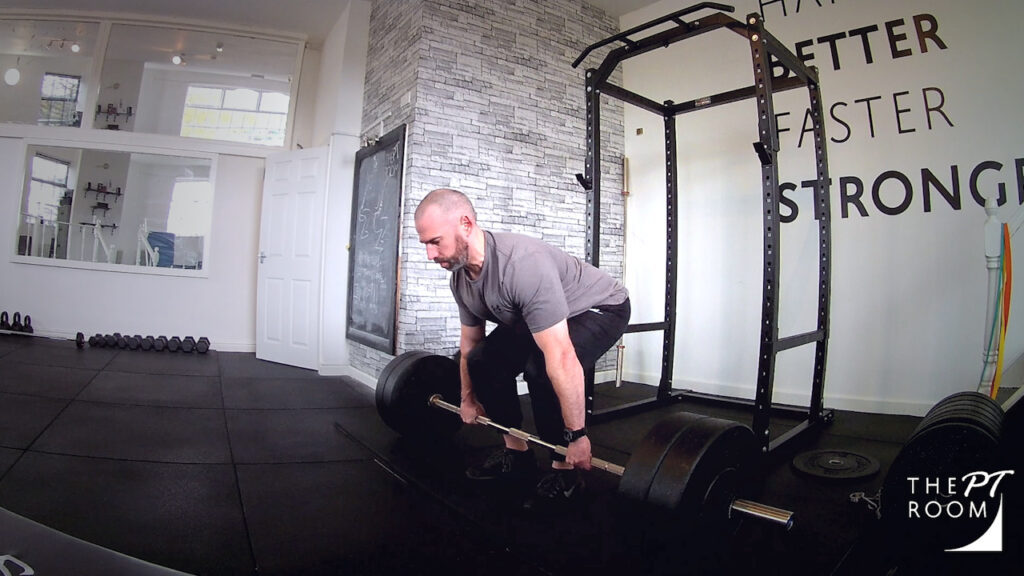Why do I feel faint after deadlifting?

The deadlift is to functional training what perhaps running is to endurance sports. That is to say, nothing embodies more the theory of functional training than the singular movement of picking up a stationary heavy object from the floor to waist height.
By functional training I mean, to move in a way which is as the body should or is able to. A common definition for functional training is exercise which is transferable to everyday life.
Over time a ideal method of performing the deadlift emerged, an ideal posture that not only facilitates heavier loads being lifted in the moment, but allowed for continuous training without injury or overwork.
As part of this evolution of movement method was the Valsalva Maneuver.
The Valsalva Maneuver is a way of breath holding to increase abdominal pressure. It has many benefits, not least of all it helps with big lifts such as the deadlift or the squat.
This increase of internal pressure helps keep the spine neutral during intense exertion. It is something that we find instinctive. As we brace to push against something heavy, or pull it, we take a breath and hold it to do the work, to protect the spine from flexion injuries under load, whilst at the same time, increasing our efficiency in the movement.
A rigid spine acts as a lever, transferring more force to the object. A flexible spine ‘leaks’ force at every moving joint. Less movement, less leakage. It’s like the difference between using a scaffolding pipe to move a boulder, and a pole-vaulters pole. Clearly, the more rigid of the two will be more effective at transferring force to the object.
However, if you find yourself getting a bit light headed after a big deadlift, it could be that there is too much internal pressure and it's restricting the blood to the head.
Compare the deadlifts in the video. In the first one, I'm deadlifting with a lot of air in the lungs. I hyperventilate before attempting the lift. Notice that after the lift, I pause for a couple of seconds to steady myself. In the second lift I don't hyperventilate, I breathe normally before beginning and this results in less abdominal pressure, and less mental fuzz afterwards.
If you suffer with light-headedness when you deadlift, try not hyperventilating before you lift.

Recent Comments